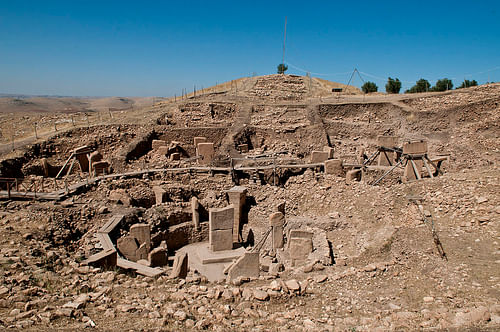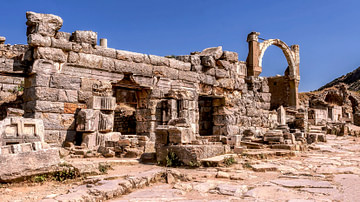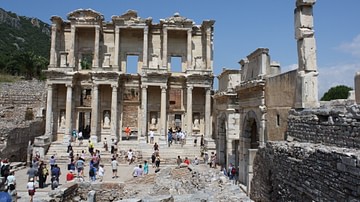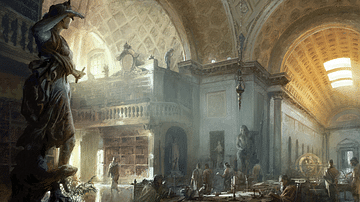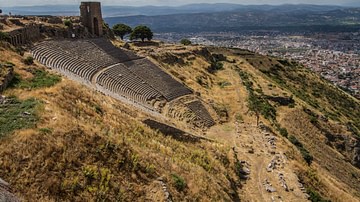Thanks to the new Sanal Muze digital portal released by the Ministry of Culture and Tourism of Turkey in 2020 CE, history lovers and art enthusiasts can now take virtual tours of Turkey's best archaeological sites and museums. There are currently 33 online tours available, giving visitors a fantastic opportunity to check out archaeological sites and museums they may not have yet visited.
Since the COVID-19 pandemic broke out and travel came to a near standstill, museums and cultural organizations have been encouraged to create alternative digital spaces with online exhibitions and virtual experiences. Turkey opened the digital doors of its museums and cultural sites to people across the globe and turned days of self-isolation into an opportunity to explore a myriad of destinations in a unique and immersive way.
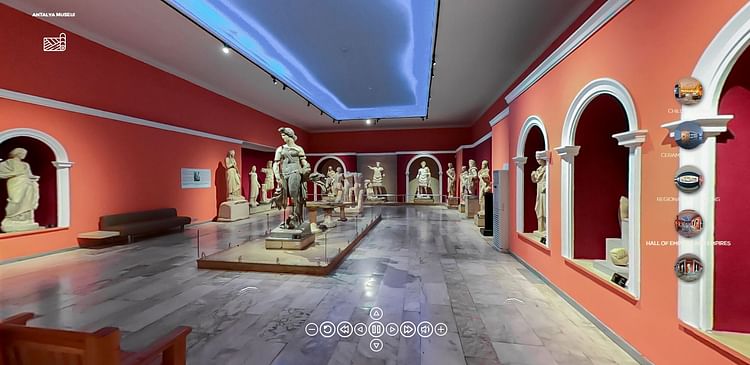
These Turkish cultural sites are now just a click away. They are best experienced in fullscreen mode. Right-click anywhere on the video to enter fullscreen.
ARCHAEOLOGICAL SITES
The ancient Greek city of Ephesus is undoubtedly the most renowned archaeological site in Turkey and was added to UNESCO's World Heritage Sites List in 2015 CE. Located on the Aegean coast near the seaside city of Izmir, the site is home to the great Temple of Artemis, one of the Seven Wonders of the Ancient World. Stroll around the paved street of Ephesus, where impressive monuments such as the Library of Celsus, the Great Theatre and the Temple of Hadrian will be revealed to you in all their glory.
Göbekli Tepe is Turkey's latest addition to UNESCO's World Heritage list (2018 CE). This groundbreaking historical site boasts the oldest man-made temple in history, dating back to 10,000 BCE. Göbekli Tepe (Turkish for the 'hill of the navel') was discovered in 1995 CE by a German archaeologist (Klaus Schmidt, 1953-2014 CE) approximately 16 kilometres (ten miles) northeast of Şanlıurfa in southeastern Turkey and has since been defined as the "zero point of history". The site occupies a 300-metre (1,000 foot) artificial mound located at the highest point of a mountain ridge and consists of a series of circular or oval structures with monolithic T-shaped stone pillars.
Hierapolis
The ruins of the Hellenistic spa city of Hierapolis are located near the town of Denizli, atop Pamukkale's spectacular travertines terraces, one of Turkey's most popular sights. Designated a UNESCO World Heritage site in 1988 CE, the site of Hierapolis extends over a large area with remarkable ancient remains of the Graeco-Roman period. They include baths, temple ruins, a monumental gate, a nymphaeum, a necropolis, and a well-preserved theatre.
Laodicea on the Lycus
Laodicea is located ten kilometres (six miles) away from Hierapolis. The city was founded in the 3rd century BCE on the river Lycus by the Seleucid King Antiochus II (r. 261-246 BCE). It became one of the most important and flourishing commercial centres of Asia Minor. Today, Laodicea boasts impressive remains, including two theatres, the biggest stadium of Anatolia, four bath complexes, five agoras, five nymphaea, temples, churches, and monumental colonnaded streets.
Hattusa
Located in the province of Çorum in north-central Turkey, Hattusa was the Hittites' capital city in the late Bronze Age (2000–1200 BCE). It was the head of an empire that stretched across Anatolia and northern Syria's broad lands, from the Aegean in the west to the Euphrates in the east. The ruins of the city walls, gates, temples, and the palaces awaiting the visitors today provide a comprehensive picture of the Hittite capital in the 13th century BCE.
MUSEUMS
Museum of Anatolian Civilizations
The Museum of Anatolian Civilizations is Turkey's most outstanding museum, occupying two Ottoman-era buildings in the heart of Ankara's old city. The museum, which was elected as the first 'European Museum of the Year' in 1997 CE, displays an extensive collection of historical artefacts from Anatolia's many diverse cultures. The exhibits are laid out in chronological order in an exceptionally well-designed area. They include 8,000-year-old 'goddess figurines' from Çatalhöyük (one of the most important, and largest, Neolithic settlements on earth), Bronze Age treasures from the royal tombs in Alacahöyük, superb Hittite reliefs and sculptures, and incredible inlaid wooden furniture from the Phrygian capital Gordion.
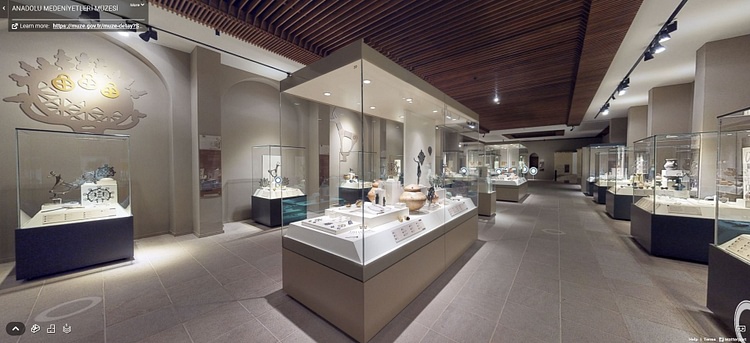
Hatay Archaeology Museum
Spread over 19 halls, Hatay's new archaeological museum, located in Antakya in southeastern Turkey, contains one of the world's finest collections of Roman and Byzantine mosaics. They were unearthed in the ancient cities of Daphne, Seleucia Pieria, and Antioch. Among the notable works found in the museum are the Ariadne Abandoned on Naxos and Megalopsychia Hunt mosaics, a colossal statue of a Neo-Hittite king that dates back 3,000 years and the world-famous Antakya Sarcophagus from the 3rd century CE with ornate marble carvings.
Antalya Museum
The archaeological museum at Antalya is one of the most attractive museums in Turkey and a must for visitors exploring the archaeological sites in the area. It houses a unique collection of Roman marble sculptures dating from the 2nd and 3rd centuries CE from nearby sites such as Perge, including the so-called Weary Hercules, whose upper half was smuggled from Perge to the United State of America in 1981 CE and returned to Antalya in 2011 CE. A total of 13 spacious halls display exhibits from the Paleolithic Age to Ottoman times.
Adana Museum
Housed inside a now-defunct 100-year-old historical textile factory, the Adana Museum is Turkey's largest museum complex. It hosts more than 2,000 artefacts which shed light on the history of the region of Cilicia, alternately ruled by the Hittites, Assyrians, Greeks, Romans, Armenians, Seljuk, and Ottomans. Among the highlights is a stone statue of the Late Hittite weather god Tarhunda on a chariot pulled by bulls, Roman-era sarcophagi, and stunning mosaics.
Zeugma Mosaic Museum
This museum, located in Gaziantep, showcases an outstanding collection of mosaics that once adorned the villas of wealthy citizens in Zeugma, a Roman garrison town that now lies under the reservoir created by the construction of one of Turkey's largest dams in 2000 CE. The museum's most famous exhibit is the 'Gypsy Girl', considered the Mona Lisa of mosaics. Other mosaics depict various mythological figures such as gods, goddesses, and ancient heroes.
Those interested in discovering more sites and museums listed under Turkey’s Ministry of Culture and Tourism can access them at sanalmuze.gov.tr.
